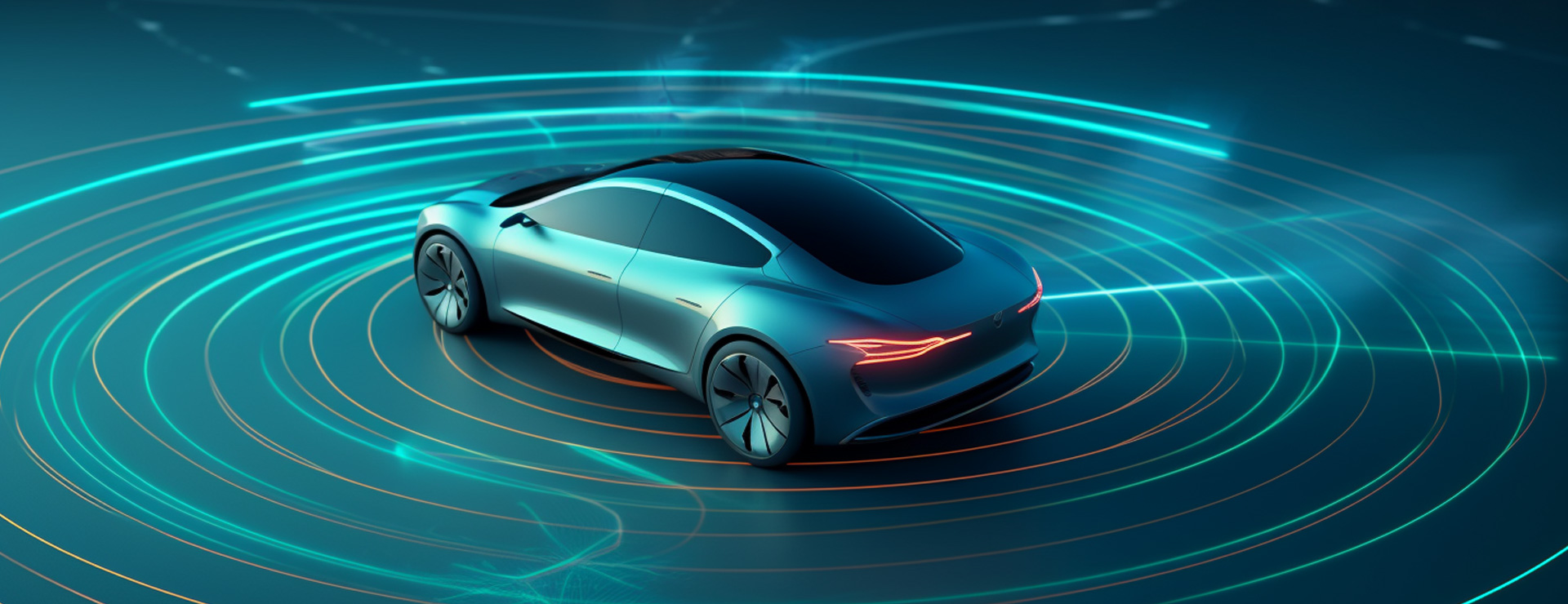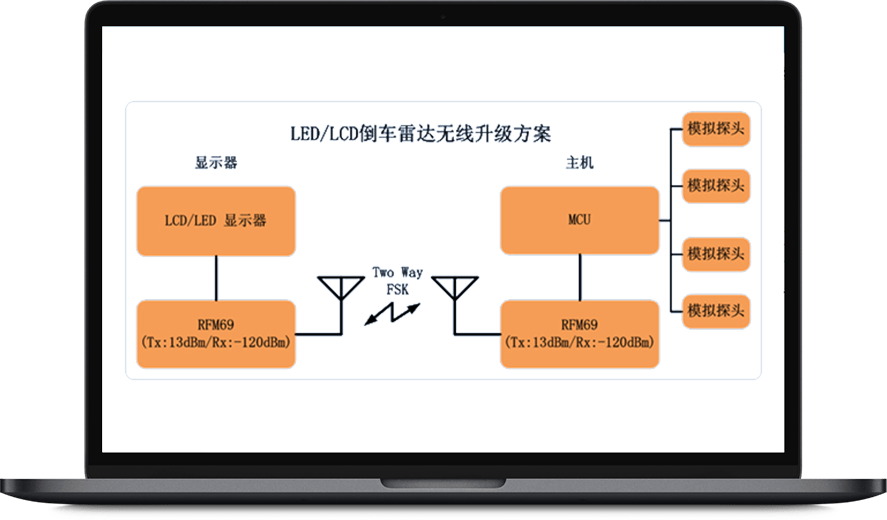

 Quick installation
Quick installationChina's wireless reversing radar market is currently in a rapid development stage. With the continuous increase in car ownership and the improvement of vehicle safety awareness, wireless reversing radar has become the focus of many consumers and car manufacturers. Currently, there are many domestic and foreign brands on the market that provide various types of wireless reversing radar products to meet different consumer needs. In terms of technology, the sensitivity, accuracy and stability of wireless reversing radar have been continuously improved, allowing it to more accurately detect rear obstacles and provide drivers with reliable safety assistance.
In the future, China's wireless reversing radar market will usher in greater opportunities. With the further development of technology, wireless reversing radar may integrate more advanced sensors and intelligent algorithms to achieve more intelligent obstacle recognition and early warning functions. At the same time, with the advancement of autonomous driving technology, wireless reversing radar is expected to become an important part of the vehicle perception system and improve the safety performance of autonomous vehicles. With the rise of the new energy vehicle market, wireless reversing radar will become a standard feature of electric vehicles, providing more comprehensive safety protection for new energy vehicles. In addition, the Chinese government's attention and policy support for automobile safety will also promote the further development of the wireless reversing radar market. To sum up, China's wireless reversing radar market will usher in broad development prospects in terms of technological innovation, application expansion and policy support.

